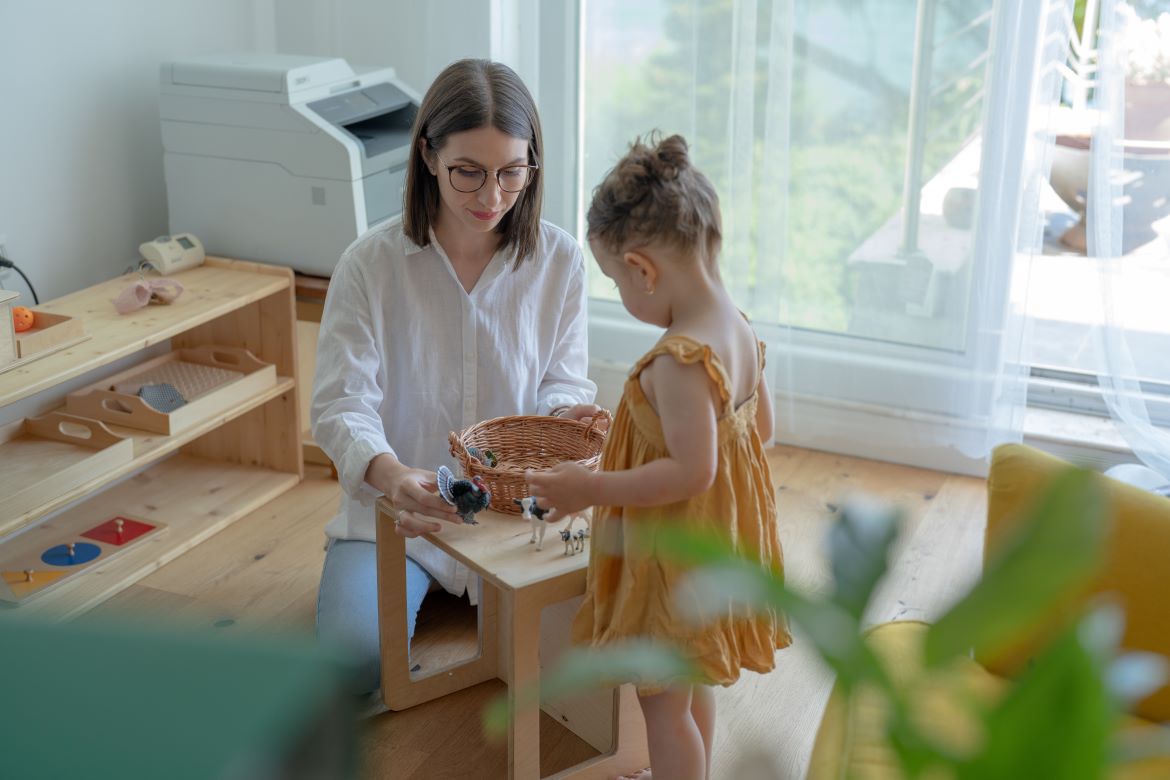Providing constructive feedback to young children is an essential part of guiding their development. Feedback is an effective tool for helping children understand their strengths and areas for improvement. In this article, we will explore 25 strategies to provide constructive feedback to pre-schoolers to support their growth and development.
- Start with positive feedback: Always begin by acknowledging what the child did well. This sets a positive tone and helps the child feel confident and encouraged.
- Be specific: Provide specific feedback about what the child did well, and what they could improve on. For example, “You did a great job tracing the letter ‘A,’ but you could work on making it a little neater”.
- Use “I” statements: Use “I” statements to make the feedback more personal and less critical. For example, “I really liked the colours you used in your painting”.
- Avoid criticism: Avoid using negative language or criticising the child. Instead, focus on providing feedback that is helpful and constructive.
- Be timely: Provide feedback as soon as possible after the activity or behaviour you want to address.
- Encourage self-reflection: Encourage the child to reflect on their own actions and behaviours. For example, ask them, “What do you think you could do differently next time?”.
- Use descriptive language: Use descriptive language to help the child understand the behaviour you want to reinforce or change. For example, “I like how you are sharing your toys with your friends”.
- Focus on effort: Focus on the child’s effort rather than the outcome. This helps the child understand that the process is more important than the end result.
- Offer suggestions: Offer suggestions for how the child can improve their behaviour or skills. For example, “You could try holding the pencil a little differently to make your writing neater”.
- Use positive language: Use positive language to reinforce positive behaviours. For example, “I appreciate how you are using your words to communicate with your friends”.
- Set goals: Help the child set goals for themselves and work towards achieving them. This helps them develop a sense of purpose and motivation.
- Be respectful: Treat the child with respect and communicate in a way that is age-appropriate.
- Use a calm tone: Use a calm and gentle tone when providing feedback. This helps the child feel safe and respected.
- Focus on the behaviour, not the child: Focus on the behaviour you want to address rather than criticising the child as a person. For example, “Let’s work on using gentle hands when we play with our friends”.
- Encourage problem-solving: Encourage the child to find solutions to problems on their own. This helps them develop problem-solving skills and independence.
- Use visual aids: Use visual aids such as pictures or drawings to help the child understand the behaviour you are addressing.
- Give examples: Give examples of how the child’s behaviour can impact others. For example, “When we yell, it can hurt our friends’ feelings”.
- Provide opportunities for practice: Provide opportunities for the child to practise the behaviour or skill you want to reinforce or change.
- Use role-playing: Use role-playing to help the child understand how to behave in different situations.
- Be consistent: Be consistent in providing feedback and enforcing expectations. This helps the child understand what is expected of them.
- Use positive reinforcement: Use positive reinforcement such as praise or rewards to reinforce positive behaviours.
- Encourage creativity: Encourage creativity and problem-solving by allowing the child to approach tasks in their own way.
- Use humour: Use humour to make the feedback more engaging and less intimidating.
- Involve the child: Involve the child in the feedback process by asking for their input and opinions. This helps the child feel valued and encourages them to take ownership of their behaviour.
- Focus on progress, not perfection: Remember to focus on the child’s progress rather than expecting perfection. Encourage them to keep trying and celebrate their small successes along the way.
Use one or mix and match these strategies to improve your way of communication with your child.
Originally published here.
Visit the Nino Mondo website and connect with them on Facebook and Instagram.











